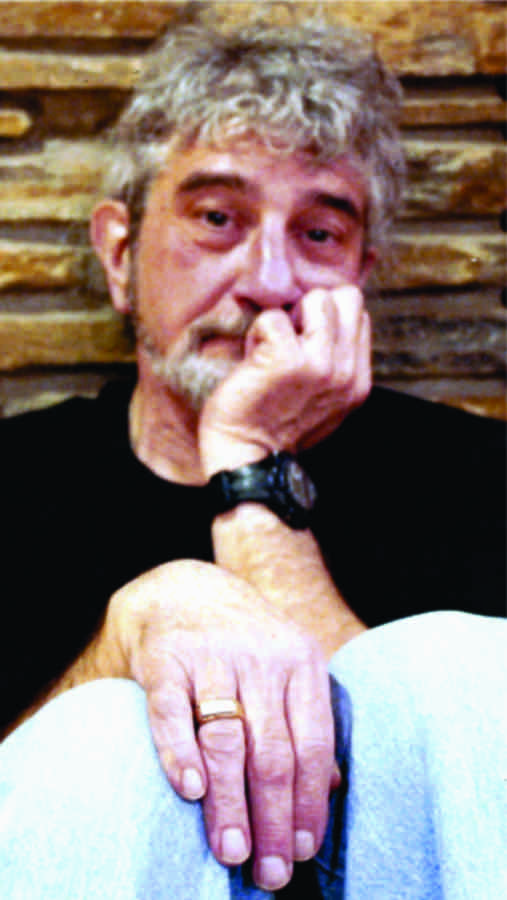(Finding a book and method that works for you.)
[currently available - therightjournalproject.com]
Introduction
Writing in a Journal has always been my go-to, in times of stress, dissatisfaction, fear, anger and on and on, or trying to work out a “creative” problem. I have tried many different approaches and have dozens of differently sized, different quality, books/sketchbooks/notebooks, filled or partially filled. They stretch way back to the 80’s (or before).
[a collection of all the different types of books I have used - a mess!]
Journaling, writing is a great life tool, in my opinion. Mari’s website CreateWriteNow.com, offers a lot of very good comprehensive guidance on journaling uses and content and there are other sites as well. But there is one thing that is absolutely needed to successfully journal though, no matter what kind of approach one may take, and that is a comfortable, pleasant to use, easily accessible, non intimidating (read inexpensive) good quality book that offers more than just a blank page. That is how The Right Journal Project was born.
The Change
The Pandemic. Since 1977 I have been a performing Puppeteer. It was my career, my profession, my focus. Then came 03/12/20 and it stopped. I did not know then that it was the end, but it was. My team was gone, my clients, my “infrastructure”, I was old(er) and could not find a way back. Although, in the beginning tried a lot of different puppet related things and still do. But really was in a bit of distress, I “lived” in my show, I had lived a “creative life”, performing was all I knew, now what? Was lost and confused, so of course turned to my trusty friend writing, EVERY DAY!
The Start
At first, I was using the Moleskine Cahier Journal, Soft Cover, XL (7.5" x 9.5") Plain/Blank, Black, 120 Pages (Set of 3). Started using them when my daughter first gave me a set. They are great and not expensive, fulfilling some of the requirements mentioned above, (i.e. comfortable, pleasant to use, easily accessible, non intimidating and good quality).
I used them every day, mostly stream of consciousness. Each one would take about three months to fill. I was brainstorming, designing paper puppets and routines. Coming up with ideas about this and that, learning new things, basically trying to cope with a new reality.
To add some interest and individuality (black covers can become boring!) I would design some sort of theme, print it out, and put it on the front of the book to help identify it.
[The outside evolution].
Every now and then I would try to review what I had written and make notes or add to it, but there was no room. I was losing a lot of “good stuff”, creative stuff, and ideas that I didn’t want to lose, so started adapting the books to fit my needs. Puppeteers are good at that, adapting something to fulfill a need. Started numbering the pages, drawing a line of separation on each page, and indexing ideas on the back page.
[The inside evolutions]
This is what the interior of the Moleskine books first looked like, no page divisions, no page numbering.
No room for comments.
1st adaptation. A vertical page division to allow for notes. But no page numbers and the book had no index.
The final hand done adaptation, a vertical page division, numbered pages and was then able to use the last page as an index.
The Published Product
After a while, didn’t want to have to keep adapting the books, so I designed my own and published. They were not the same as the Moleskines, but I was able to add in a feature that I wanted - a way of identifying the book on a shelf.
The Right Journal Project writing books are all of the same size to fit neatly on a shelf and can be identified by number. I chose the initial cover picture from the thought:
“No person ever steps in the same river twice, for it's not the same river and they are not the same person.” (adapted from Heraclitus)
And started adding in a Title page (with a theme I was working with).
All the right journal writing books have a different theme and some different quotes, and they are all “a work in progress.”
This is what the writing page looks like now. And there is an index page. The full details of any book can be seen at therightjournalproject.com
OBJECTIVE:
Writing was an emotional life saver for me when my world fell apart and I didn’t know any longer where or how I fit. One day while writing I was asking, what am I, if not a puppeteer? The answer came, “I am a creative”. Of course, I think everybody is a creative, but that is for a different article.
My objective is simple:
I want people to write and explore. You can use prompts or quotes or inspirational things that are found. But I don’t want to tell you how or what or when to write.
Just write (or draw) and at some point review (can be self prompting) and index those ideas or thoughts that you want to keep so they can be accessed later.
About The Author

Mark Segal: A performing puppeteer 1977-2020. Often performing over 500 shows a year for more than 40,000 people per year. Since the advent of covid has been journal writing, exploring journal writing, publishing formatted books and rediscovering himself as someone different from who he was. therightjournalproject.com

Leave Comment